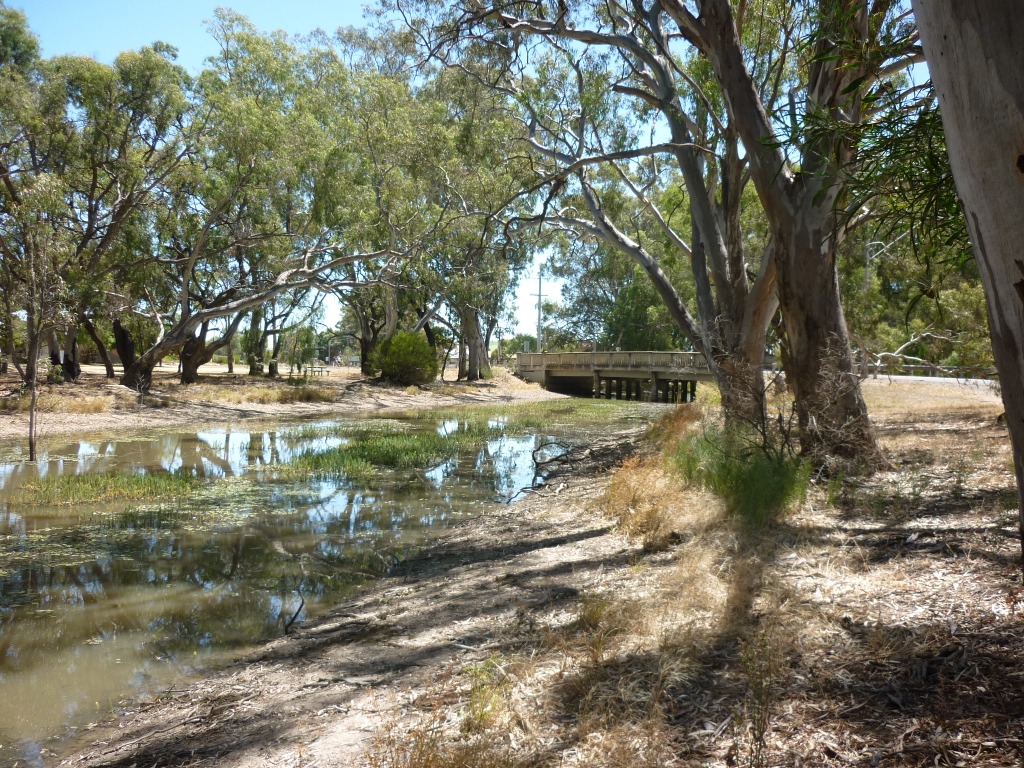Shape Sleuths for Living Things
 What do you know about the shapes of living things?
What do you know about the shapes of living things?
Shape Sleuths is an investigation about living things that will support the MPE and IYS in 2013, within a basic Science genre of observing, recording and communicating.
It uses and builds on knowledge of shapes in learning about Nature in situ, with extensions possible following this. The focus is on the Maths concept of shape, and also uses counting, in the field. The data collected can be worked with for concepts of measurement – measuring length and area of irregular shapes, ranking and organizing for Statistics. The data may lead to interpretation or research to better understand how living things function – Biological Science.
This Science activity has five parts:
- preparations– background knowledge and plans for a field investigation
- Field investigation to observe shapes and collect data
- working with the data – collating it and organising it, so what it shows is easy to understand,
- sharing the data – communicating what you have found out about the shapes, for example, see our Shape Sleuth 1 – leaves at Warracknabeal here
- follow on – to gain further knowledge about the leaf shapes and/or what it means for plants, which may involve a return to any of the earlier stages.
Age levels – all -‘shape’ – a Maths concept from pre-school to tertiary level also used in Biology.
Time needed out in the field – probably about 1 ½ hours, depending on the size of the site. Other time will depend on how you develop this activity.
Potential contributions to different projects and curriculums:
What may have been learned from this investigation?
The Mathematical skills began with shape, needed number and may have been extended into measurements of length and area.
If a table was drawn of the data, this would also involve ranking and organizing, and that is the Maths of Statistics.
For the MPE, we covered two themes, discovering something about living things, plants from their leaf shapes, at a study site on this planet.
For the UNDB, we have found that the leaf shape helps identify species and indicates the degree of biodiversity, developing awareness of biodiversity and its needs in terms of where some plants are found.
For Science, we have investigated, recorded and communicated.
As a Science tool, shape is very useful in identifying living things. For Biological Science, we learnt more about the function and shapes of leaves.
Specific statements from the Maths and Science Curriculums = See Australian Curriculum for specific contributions at each level F-10.
For communication, I hope some excitement has been generated about Maths, Biological Science and/or Biodiversity by a sharing of the observations and recordings.
Go on to preparations or to Warracknabeal session.
or Shape Sleuths for Machinery
or return to main MPE2013 page
This page is still under construction
Page updated 20 Feb 2013
Supporter of
 and
and 
